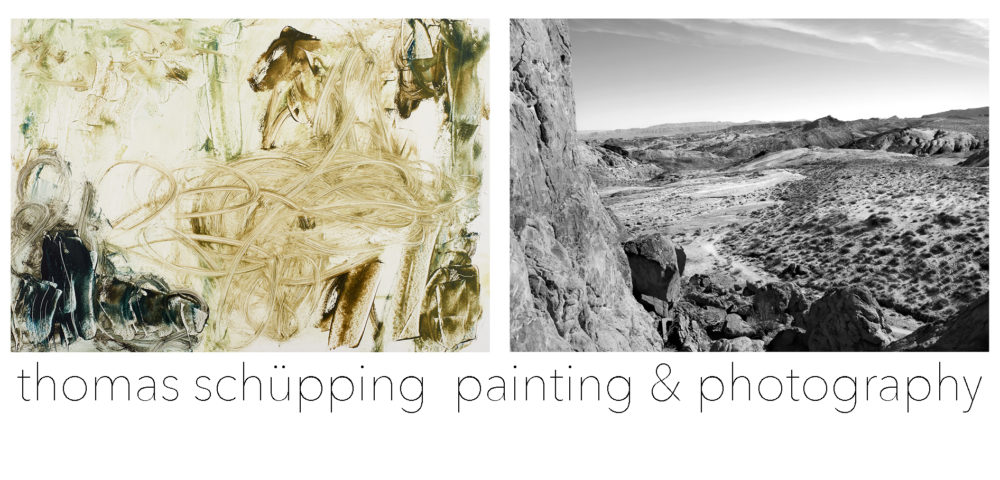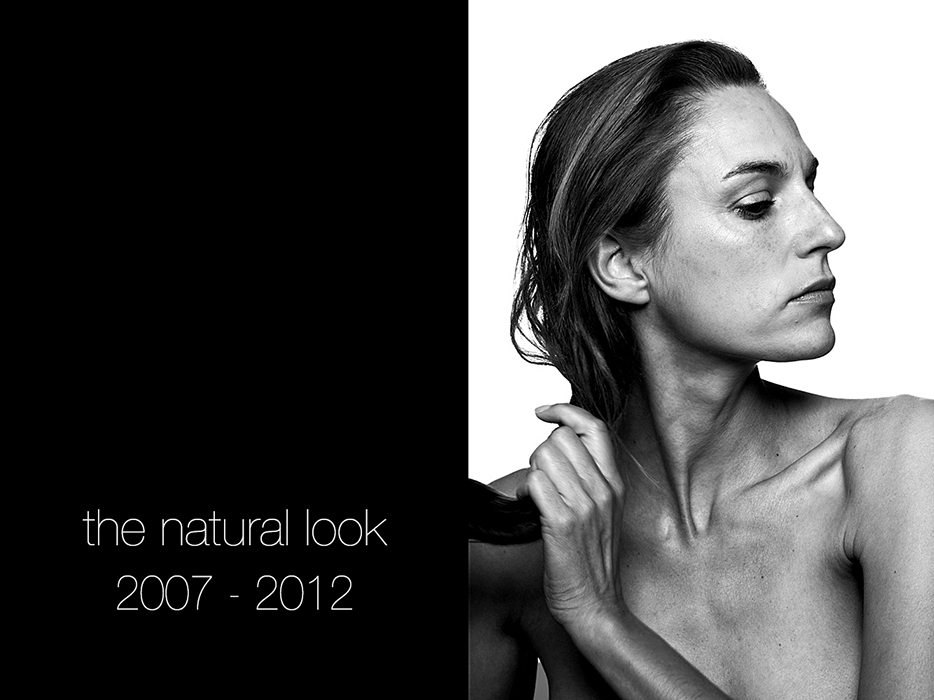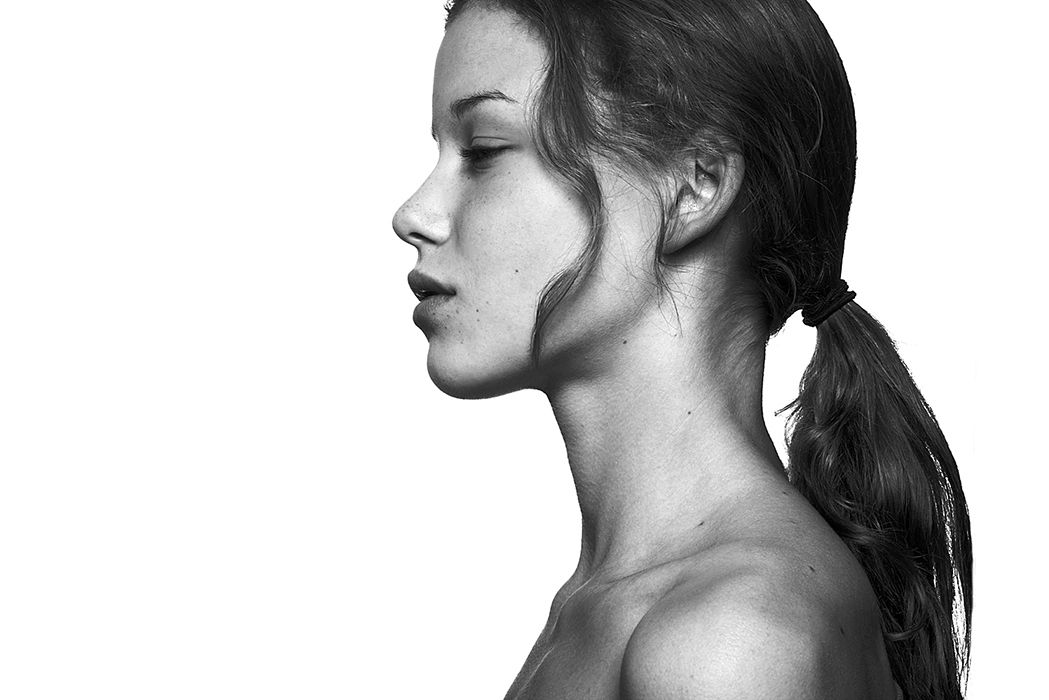Nothing but the truth
For some years now Thomas Schüpping has been considered one of Germany’s top photographers. Yet outside of the public eye he has forged an independent photographic oeuvre that sets his work at odds with the spectrums of meaning and myths that prevail in his genre. Although he takes up its subjects and locations, even works with the same settings and models, he nonetheless rids himself of their suggestive appearance and views them afresh – as if for the first time. Filled with amazement and respect he realizes idea of capturing something photographically with absolute devotion, the precision and skill of the experienced photographer. Over the years he has created several bodies of photographic images, and though the individual image is valid in itself, its significance is only revealed within the corresponding sequence of images. This is especially true of the portrait, one of the key subjects in Schüpping’s artistic work.
There is immense consistency in the manner the portraits are realized. High-grade black-and-white images with a high proportion of black, they are ideally suited to large-format prints. The strong contrast of light and dark serves to reinforce the impression of sober object photography. The sole subject: anonymous young women of a particular generation, shot from the front and depicted as heads or busts against a neutral, lit space. They seem to hint at specific meanings, and the fact that they belong to a successful class of society is conveyed by such aspects as self-confidence, generally looking straight into the camera, perhaps in conjunction with a raising or lowering of the head. Aside from gestures and facial expression accessories likewise play a role. A strip of fabric conceals the breasts. The hair is assigned a special meaning within the overall composition: What is essential is how and in what color it frames the face with its embodiment, what presence it has for the portrait, also the place it occupies in the composition purely as a flowing shape. In this Thomas Schüpping takes up a topical aspect familiar to him from his day job; he has even featured hair exclusively as an all-over in relative abstraction.
In his portraits Thomas Schüpping forgoes striking features and the “styled” aspect of the models, which characterizes images in the fashion domain and indeed is increasingly becoming a social topic. We need only think of the inflationary interest in cosmetic surgery and a canonized vision of beauty. Thomas Schüpping does not resort to alienation effects or editing in realizing his portraits of women. It is precisely the natural look of his images and models that is important to him. Most of the women wear no make-up, blemishes in their skin remain visible. The light is consistent and not even remotely dramatic, although there is an occasional allusion to drama in a “wafting” of the hair or raising of the arms. The one perfect shot does not exist; rather it is a principle of this body of work that the same model can feature repeatedly in an almost identical stance or with a slightly altered behavior towards the camera, yet always with a calm and natural air. While not forgetting the camera opposite them, the women depicted are completely genuine. The gaze is held for a seeming eternity, but without the subject staring, and this produces quiet encounters: When is a model really at one with herself, and what can be said about her response to being photographed? What does it mean to lower your head, or tilt it to one side; what kind of mood does it communicate? To what extent do the face, how it is formed, gestures, facial expression and behavior in front of the camera reflect life experiences and attitudes? Is it possible for anything to be concealed, and is not an emotional sensitivity expressed in this sober revelation?
It is through constancy in his research, deciding on the right detail, the aspect of looking and being looked at, that Thomas Schüpping achieves a spectrum between restraint, meditative oneness and dominance in front of and behind the camera. He subtly shifts the focus to the woman’s personality, there is no need to pose. The sensuality they transport is genuine. There is, incidentally, never anything provocative about nakedness, it simply is a natural part of the physical. And by forgoing pathos and arrangements in his photographic portraits Thomas Schüpping reveals the emptiness inherent in rituals, replacing artificiality with naturalness. He operates on the divide between the self-evident and the profound, and casually reveals a human image that falls far short of showiness and is superior to status. The outer appearance is ephemeral, beauty, though celebrated is a passing thing; rather beauty lies in the personality itself – these are the messages his images convey. “Generally, I am also concerned with expression. What an image expresses,” writes Thomas Schüpping.
With his series of portraits of (anonymous) women Schüpping can be linked with the highly diverse photographic images by fashion and portrait photographers, artists employing photography, and Concept artists such as Bettina Rheims, Bernhard Prinz, Roland Fischer, Roni Horn, and Michael Schmitt an. Thomas Schüpping employs a personal pictorial idiom that relies on the principle of simplicity. He takes a stance against the eminent acceleration of vision in infotainment media. Today, clarity of gaze is an enormous statement, an attestation of factuality and the ability to engage in dialog. How genuine, after all, are the portraits offered to us every day on the Internet, say on Facebook? By contrast, it is astonishing that looking directly at someone in the everyday encounters and passing strangers in the street is considered downright rude … Yet the direct gaze of the women in Thomas Schüpping’s photographs refuses to be feigned. Their restraint actually leads to openness, which in turn generates intensity, culminating in personality and individuality. Schüpping reflects on the everyday world that surrounds us, on this side of the stage of self-positioning and its patterns in the public domain. He provokes life’s mundaneness. However, the mundaneness that Thomas Schüpping reveals in his images is anything but boring. Instead, he shows us the resonating space in which our lives take place.
Thomas Hirsch, 2012


